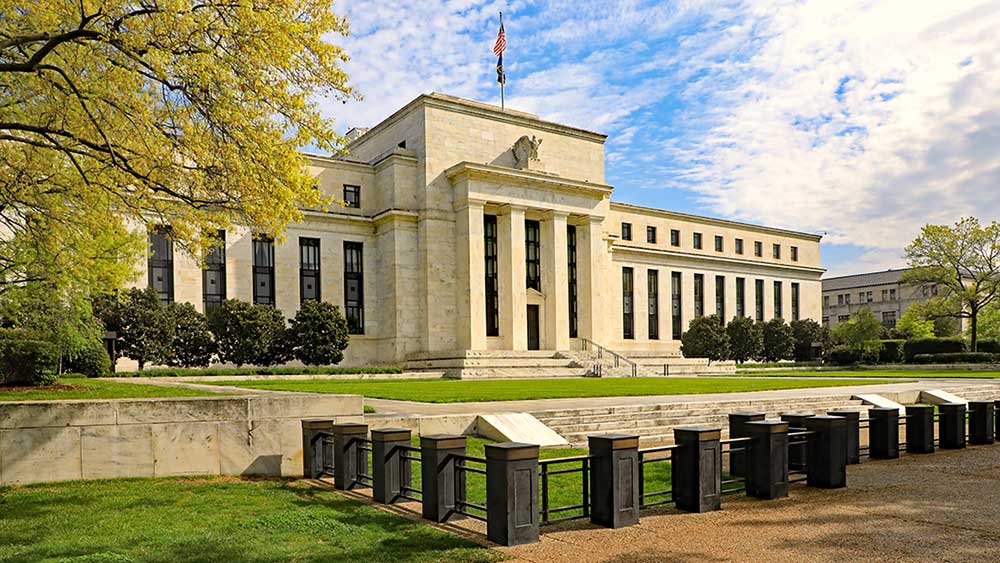[ad_1]
Friday’s jobs report is already predicted to be softest since December 2020, with a 210,000 increase in employer payrolls. Yet there’s reason to think it may turn out far weaker — perhaps even bad enough to provoke some rethinking about Fed chief Jerome Powell’s rally-killing rate-hike plans.
X
After four straight 75-basis-point rate hikes, Wall Street was looking for signs on Wednesday that the Fed is ready to pivot to slower rate hikes. And while the Fed policy statement seemed to oblige, Powell flipped the script. “The important question we think now, is how far to go,” not the pace, he said.
On that score, Powell indicated his view that rates should rise to the 5% range, higher than the 4.5%-4.75% range seen in policymakers’ September projections.
Why Pace Of Fed Hikes Does Matter
Yet the pace Fed of rate hikes is important. That’s because further tightening will become hard to justify once the labor market begins to crack. If that crack happens soon, the Fed may not hike as high as Powell expects, which may mean a softer landing for the U.S. economy and S&P 500.
As of Thursday afternoon, markets see a 53% chance of a fifth-straight 75-basis-point hike on Dec. 14, up from 42% on Wednesday. But those odds could fall sharply on Friday. The reason is primarily technical, relating to wacky seasonal adjustments of the jobs data for most of this year. Now those adjustments are set to reverse in a big way.
Through the first nine months of the year, seasonal adjustment has boosted private payrolls by 851,000. That’s a half-million extra jobs compared to the average impact of seasonal adjustment through September from 2013 to 2021.
By definition, seasonal adjustment should balance out over the course of the year, and it usually does.
There’s only been one year since 2013 in which the cumulative net seasonal adjustment was above zero (+83,000 in 2016).
That means we’re about to get major payback for the 851,000 seasonal lift to private-sector payrolls through September. And the sharpest reversal is likely to come in the October jobs report.
Jobs Report Seasonal Adjustment Math
Although this year’s seasonal adjustment is off the charts, the seasonal adjustment in 2021 is the closest match. Last year’s seasonal adjustment in October reduced private payrolls by 709,000 vs. a -533,000 adjustment in 2019 and -465,000 in 2018.
Since this year’s net seasonal adjustment through September is +265,000 vs. 2021, we should expect an even bigger negative adjustment in October’s jobs report, as well as in November.
For frame of reference, private-sector payrolls rose by about 1 million combined in October and November in both 2018 and 2019, unadjusted for seasonal effects. A similar total this year could translate to a flat or negative reading for payrolls this year, after seasonal adjustment.
So-So Seasonal Hiring News
A massive downward seasonal adjustment could compound more modest holiday hiring plans to produce an especially weak jobs report.
Last year’s big seasonal adjustment came amid a holiday hiring binge. But this year’s holiday hiring isn’t looking quite as strong.
Outplacement firm Challenger, Gray & Christmas reported on Oct. 6 that companies announced plans in September to hire 380,000 workers. That was down from nearly 940,000 a year ago and the weakest total for September since 2011.
The big gap is at least partly because some companies like Amazon.com (AMZN), which planned to add 150,000 seasonal workers, delayed announcements until October.
Still, Walmart (WMT) announced plans to hire 40,000, down from 150,000 a year ago. Macy’s (M) cut hiring intentions to 41,000 from 76,000. UPS (UPS) and Target (TGT) announced plans to hire 100,000, same as a year ago. However, FedEx (FDX), which announced a big cost-cutting plan in September, including closing some sorting facilities due to lower volume, is keeping mum on hiring intentions. In 2021, the company added 100,000 seasonal employees.
One unknown is whether employers will be able to meet their hiring intentions on a timely basis, given labor market tightness. It’s likely to be harder this year, given that payroll employment is currently up 5.26 million from a year ago.
YOU MAY ALSO LIKE:
The Big Picture: The Latest Market Trend And What It Means For You
These Are The 5 Best Stocks To Buy And Watch Now
Join IBD Live Each Morning For Stock Tips Before The Open
IBD Digital: Unlock IBD’s Premium Stock Lists, Tools And Analysis Today
Futures: Jobs Report Key For Ailing Rally; Tech Titans Tumble
[ad_2]
Image and article originally from www.investors.com. Read the original article here.

